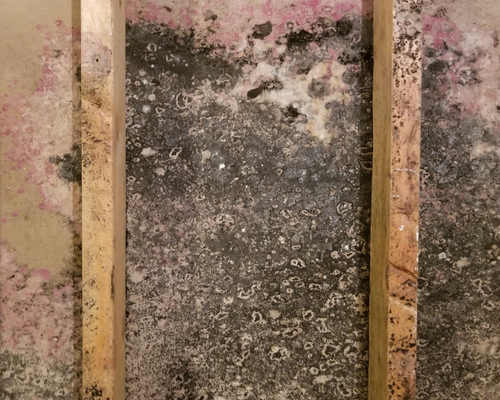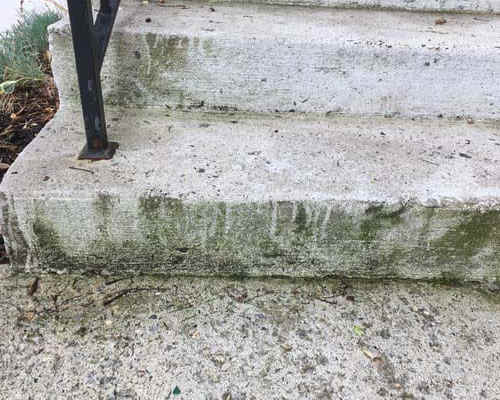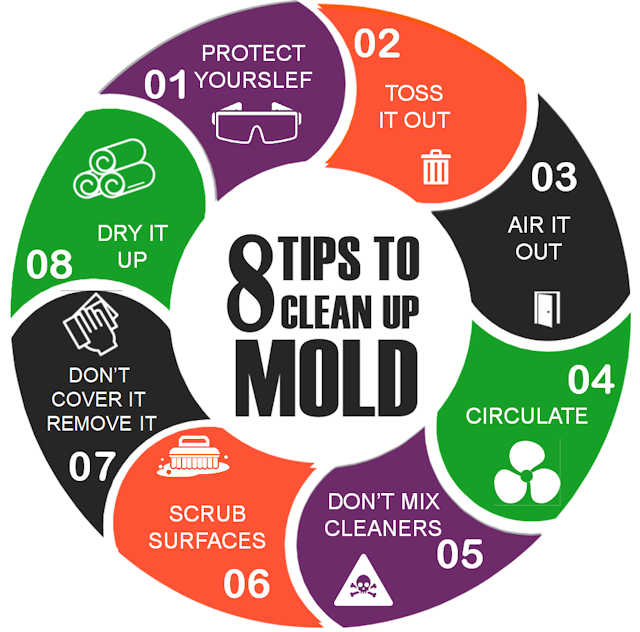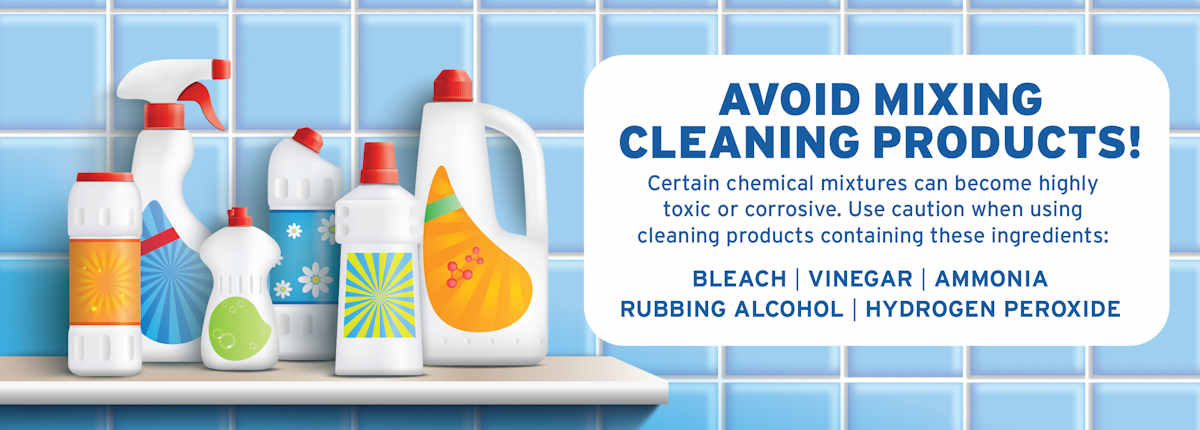Mold Overview

What is Mold?
Mold is a fungus that grows in the form of multicellular filaments called hyphae. Molds are very common in buildings and homes. It will grow in places with a lot of moisture, such as around leaks in roofs, windows, pipes or where there has been flooding.
Mold grows well on paper products, cardboard, ceiling tiles and wood products. Mold can also grow in dust, paints, wall paper, insulation, drywall, carpet, fabric and upholstery.
Where is mold found?
Mold is found both indoors and outdoors. Mold can enter your home through open doorways, windows, vents, and heating and air conditioning systems. Mold in the air outside can also attach itself to clothing, shoes, and pets, and be carried indoors. When mold spores drop on places where there is excessive moisture, such as where leakage may have occurred in roofs, pipes, walls, plant pots, or where there has been flooding, they will grow. Many building materials provide suitable nutrients that encourage mold to grow.

How to clean mold
Remove moldy items from living areas. Remove or replace carpets and upholstery that have been soaked and cannot be dried promptly. Once it starts to grow in carpet, insulation, ceiling tiles, drywall, or wallboard, the only way to deal with the problem is by removal and replacement.
It is important to properly clean and dry the area as you can still have an allergic reaction to parts of the dead mold and mold contamination may recur if there is still a source of moisture.
Clean up and dry out your home thoroughly and quickly (within 24-48 hours) after any flooding. Dig out mud and dirt. Use a wet vacuum to remove remaining dirt. Scrub cleanable surfaces (such as wood, tile, stone) with soapy water and a bristle brush. Thoroughly clean all hard surfaces (such as flooring, molding, wood and metal furniture, countertops, and sinks) with water and dish detergent. Dry surfaces quickly and thoroughly after cleaning. If you have a fan, air conditioner or dehumidifier that wasn’t affected by flooding use it to help the surfaces dry after you finish cleaning.

Mold growth can be removed from hard surfaces with commercial products, soap and water, or a bleach solution of no more than 1 cup (8 ounces) of bleach in 1 gallon of water to kill mold on surfaces.
Never mix bleach with ammonia or other household cleaners.
If you have an extensive amount of mold and you do not think you can manage the cleanup on your own, you may want to contact a professional who has experience in cleaning mold in buildings and homes.

